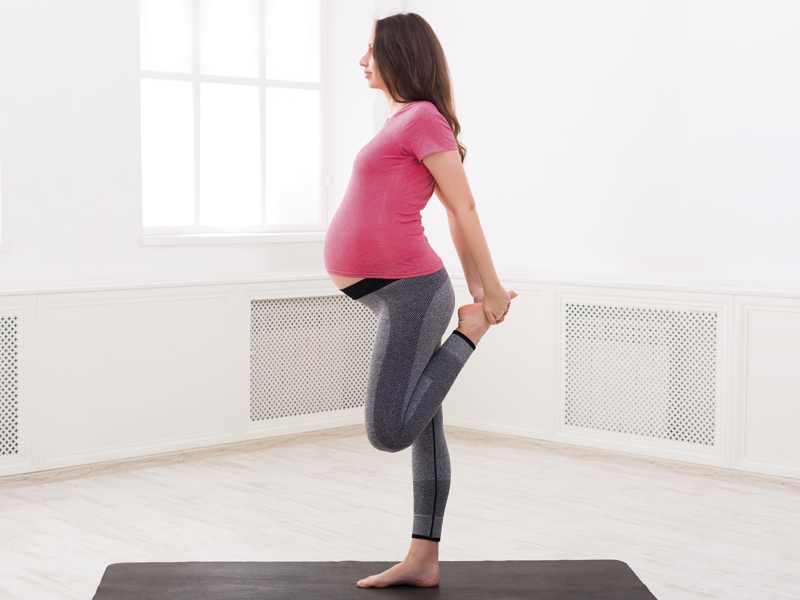Frequently asked questions about dry eye
24/04/2024
24/08/2018
Summer is coming and for the majority of pregnant women, those dreaded varicose veins are coming too. Rocking a set of perfect pins while pregnant is a challenge: our legs often swell in the heat and, on top of that, spider and varicose veins usually creep in. But do not despair; I have some reassuring news for you! Varicose veins will definitely improve once you’ve given birth; they might not disappear completely, but they will improve. That’s why it’s important to wait a while after giving birth before assessing whether you need to undergo treatment to remove them.
What exactly are varicose veins?
Varicose veins are dilated surface veins that are often twisted in appearance. They are usually accompanied by a noticeable bluish colouring on the skin. Generally speaking, varicose veins are normally located in the lower limbs. During pregnancy they become noticeable in the lower legs and they become visible in the vulva region. Spider veins, the small, dark blue- or purple-coloured surface or capillary veins in the legs, are also common.
Why do varicose veins appear or get worse during pregnancy?
There are several factors, including:
What symptoms do pregnant women with varicose veins experience?
What should we do when they appear?
If they are really noticeable and irritating, the first thing we’d advise is to see a vascular surgeon, so they can assess the veins and tell you if they are thrombosed or at risk of a thrombus. If they seem serious, the most likely course of action will be to have check-up every six months after giving birth.
During pregnancy, it’s advisable to try the most conservative treatments possible:
Sofía Fournier Fisas
Author of the book " “Voy a ser mamá ¿y ahora qué?” of the Editorial Planeta
Autora del blog www.unamamiquesemima.com
Myopia is not a contraindication for vaginal delivery, nor does the eye prescription increase due to pregnancy. The gynecologist Sofía Fournier helps us debunk some of the urban legends about pregnancy, childbirth and eye health to reassure all mothers-to-be.
